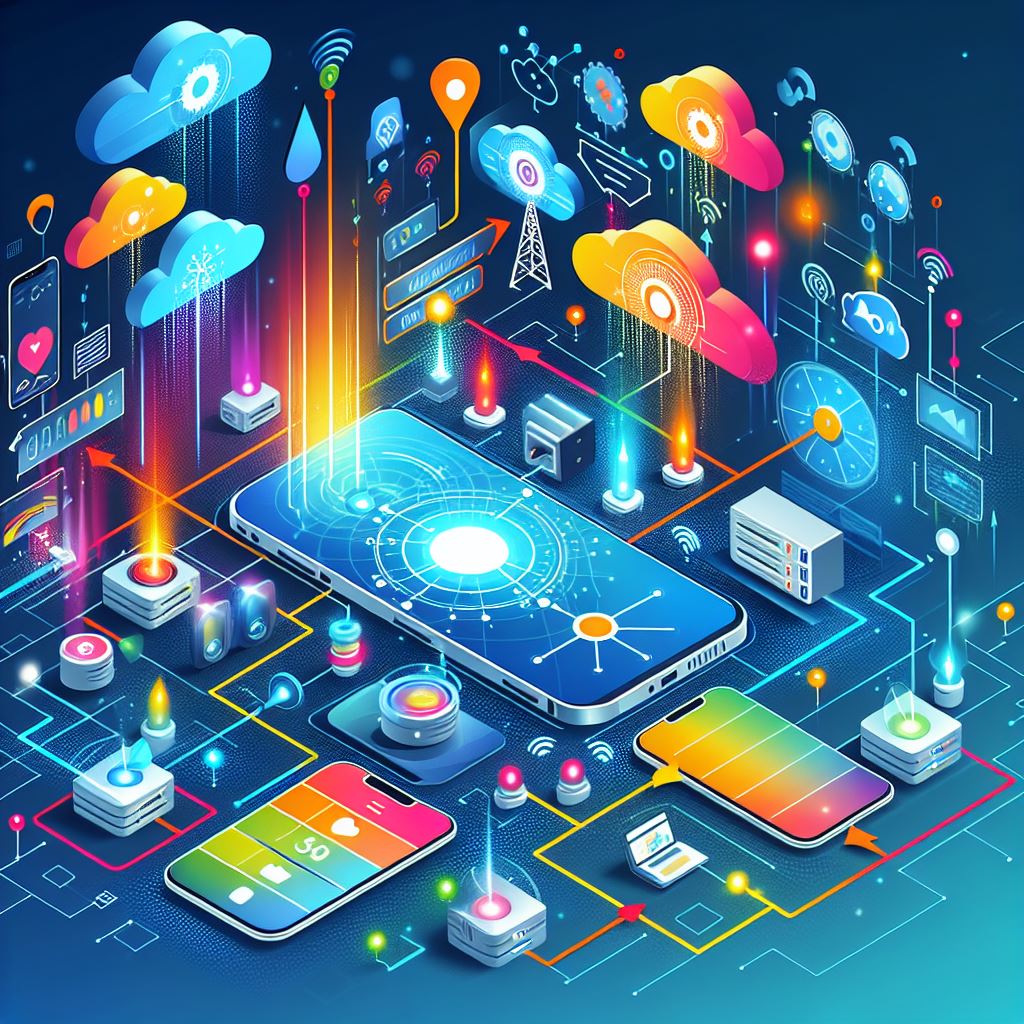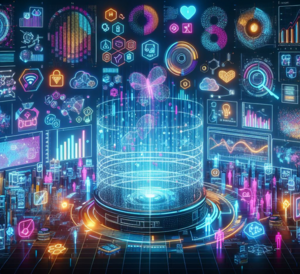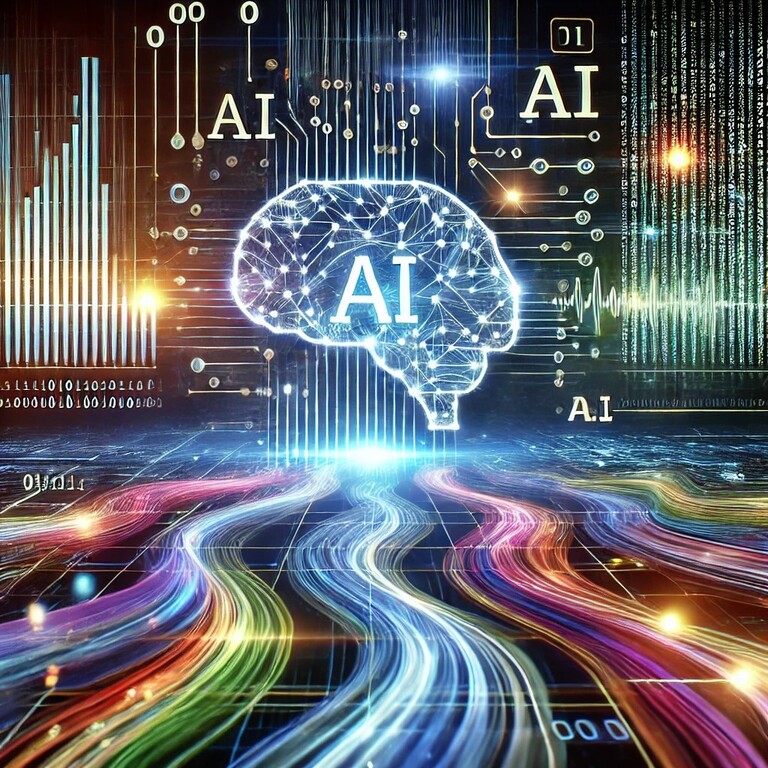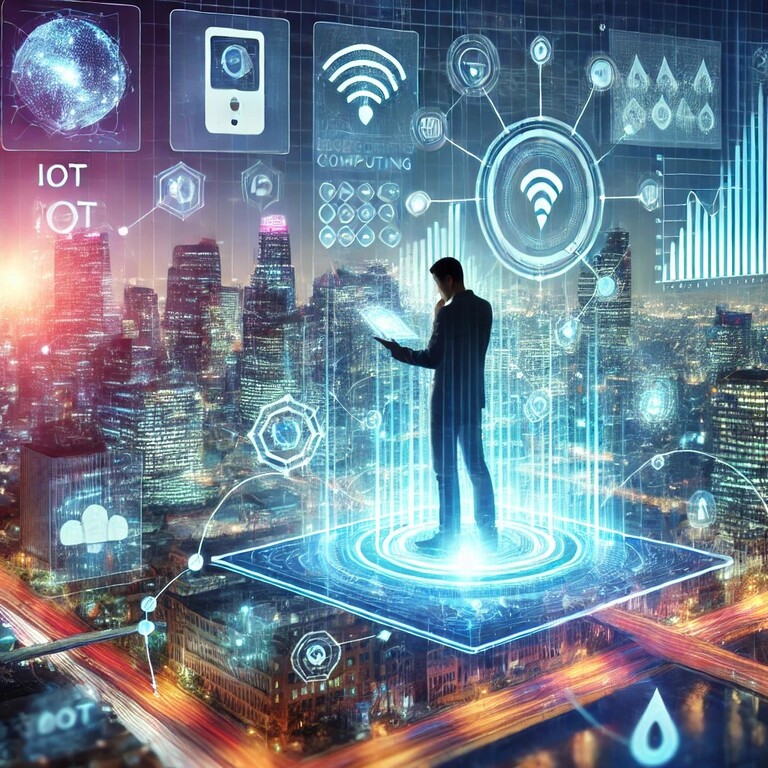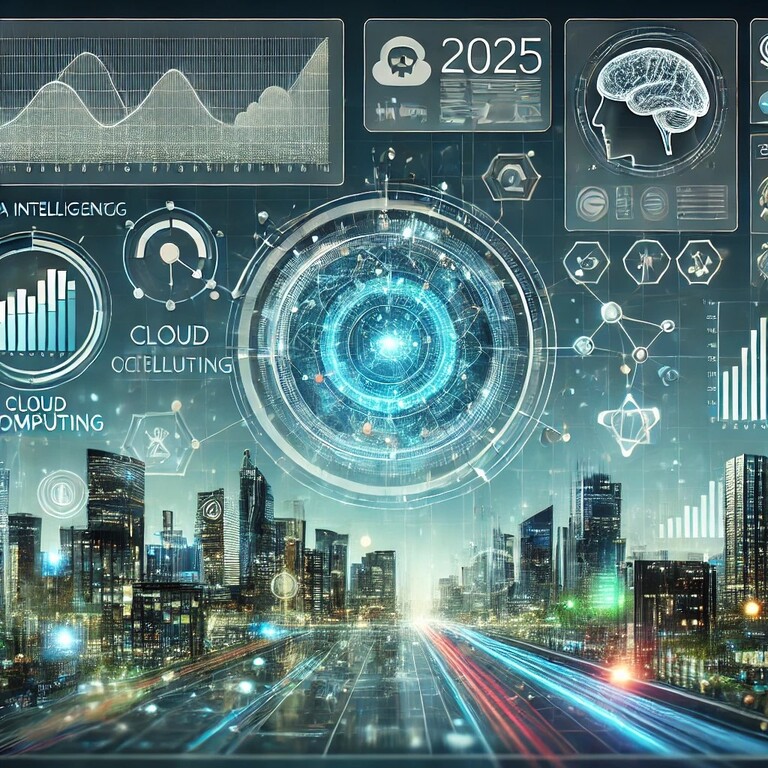In our hyperconnected world, data drives decision-making across industries. With the Internet of Things (IoT) generating unprecedented amounts of information, traditional cloud computing struggles to keep up with the need for real-time processing. Enter edge computing—a game-changing technology that processes data closer to its source.
Edge computing is revolutionising how industries manage IoT data, providing faster insights, reducing latency, and enhancing security. This blog explores its growing importance, key applications in sectors like autonomous vehicles, healthcare, and smart cities, and how it will shape future data trends.
What is Edge Computing?
At its core, edge computing decentralises data processing, bringing computation closer to where data is generated—at the “edge” of the network. This contrasts with traditional cloud computing, where data travels to distant servers for processing.
By eliminating the need to send data to a centralised cloud, edge computing reduces latency, conserves bandwidth, and enables real-time decision-making. It’s particularly valuable for IoT systems, where speed and responsiveness are critical.
Why is Edge Computing Crucial for IoT Data?
The proliferation of IoT devices has led to an explosion of data. Gartner predicts that over 75 billion IoT devices will be connected globally by 2025, creating a tidal wave of information that cloud systems cannot manage efficiently.
Edge computing addresses several key challenges:
- Minimised Latency: Real-time applications—such as autonomous vehicles—require instantaneous data processing. Sending data to the cloud for analysis introduces delays that edge computing eliminates.
- Improved Bandwidth Efficiency: By processing data locally, edge computing reduces the strain on networks, which would otherwise struggle to handle massive volumes of IoT data.
- Enhanced Security: Keeping sensitive data local mitigates risks associated with transferring information to distant servers.
Key Industries Benefiting from Edge Computing
1. Autonomous Vehicles
Autonomous vehicles (AVs) depend on edge computing to process vast streams of data from sensors, cameras, and radar systems in real time. For an AV to make decisions—such as avoiding an obstacle—it requires instantaneous insights.
Edge computing ensures that this data is analysed within the vehicle itself, without relying on external cloud systems. Companies like Tesla and Waymo are harnessing edge technology to improve vehicle safety, efficiency, and reliability.
2. Healthcare
Healthcare is undergoing a digital transformation, with IoT-enabled devices playing a crucial role. From wearable fitness trackers to advanced diagnostic tools, edge computing ensures that data is processed locally and rapidly.
For example, wearable devices that monitor patients’ vital signs can alert healthcare professionals to abnormalities in real time, potentially saving lives. Additionally, edge computing enhances telemedicine platforms, where latency-free communication is essential for accurate diagnosis and treatment.
3. Smart Cities
Smart cities rely on interconnected systems to optimise resources, reduce waste, and improve quality of life. These systems—ranging from traffic management to public safety—generate enormous volumes of data.
Edge computing enables smart cities to process and act on data locally. For instance, adaptive traffic lights use real-time data to optimise traffic flow, reducing congestion and emissions. Similarly, edge-powered surveillance cameras can instantly analyse footage to detect and respond to potential threats.
Future Trends in Edge Computing
Edge computing is not just a solution for current challenges; it’s also shaping the future of data processing. Here’s what lies ahead:
- AI at the Edge: Integrating artificial intelligence into edge devices will enhance their ability to perform complex analytics locally, enabling smarter systems and autonomous decision-making.
- 5G Networks: The global rollout of 5G will complement edge computing, providing the ultra-low latency and high-speed connectivity required for real-time IoT applications.
- Hybrid Architectures: Organisations will increasingly adopt hybrid models that combine the scalability of cloud computing with the immediacy of edge processing.
- Regulatory Compliance: As governments introduce stricter data sovereignty laws, edge computing will help organisations comply by keeping data local.
Challenges and Considerations
Despite its benefits, edge computing faces several hurdles:
- High Implementation Costs: Building and maintaining edge infrastructure can be expensive, especially for small businesses.
- Scalability: Managing a distributed network of edge devices requires robust frameworks and expertise.
- Interoperability: Ensuring compatibility between edge systems and existing cloud or on-premises solutions remains a challenge.
Overcoming these obstacles will be critical for unlocking the full potential of edge computing.
Conclusion
Edge computing is revolutionising data processing, particularly for IoT applications. Its ability to deliver real-time insights, reduce latency, and improve security makes it indispensable across industries like autonomous vehicles, healthcare, and smart cities.
As technologies like AI and 5G evolve, edge computing will play an even more significant role in shaping the future of data. By embracing this paradigm, businesses and governments can unlock new possibilities, drive efficiency, and create smarter, more responsive systems.

